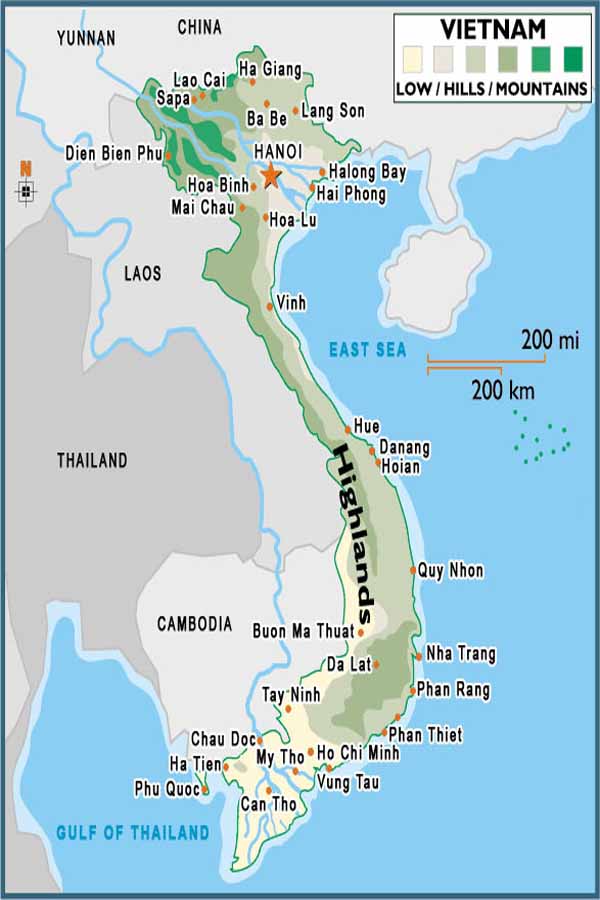Vietnam Trip
March 2010
HUE and HOI AN
A later day we took a flight to Hue, the former imperial capital modeled after Beijing’s Forbidden City (which is a marvel to see) and home to palaces and pagodas, tombs and temples.
The seat of the Nguyen emperors was in this Citadel, occupying a large, walled area on the north side of the river. Inside the citadel was a forbidden city where only the concubines, emperors, and close personnel were allowed access, the punishment for trespassing being death. Today, little of the forbidden city remains, titlehough reconstruction efforts are in progress to maintain it as a tourist attraction and a view of its history. Along the Perfume River lie other monuments, including the tombs of several emperors. Hue is also an important center of Buddhism. In Hue and its surrounding area there still exist many pagodas constructed more than 300 years ago and hundreds of temples and pagodas built in the early 20th century.
During the Vietnam War, Hue’s central position placed it very near the border between North Vietnam and South Vietnam. In 1968 during the Battle of Hue, the city had considerable damage not only to its physical features, but its reputation as well; most of it from American firepower and bombings on the historical buildings as well as the infamous massacre at Hue committed by the Communist forces
Buddhist Orphanage
We visited this orphanage during lunch time while the children were eating. They appeared well-fed and the environment was very clean and well maintained. The children grow up in this environment; they are never allowed to be adopted. We also had a wonderful vegetarian lunch with the nuns.
My Son…Champa Ruins (4th-13th centuries)
The Champa kingdom emerged during the 2nd century in the area around Danang. Through Indian connections, their culture borrowed from the Hinduism and the Sanskrit alphabet, as well as Indian architectural and artistic tastes. Until the 17th century, they functioned independently, later becoming absorbed by Vietnam.
These ruins resemble Khmer structures found in present-day Cambodia and eastern Thailand. It has been said that the beauty of My Son would be more complete if not for widespread American bombing during the Vietnam war.
HOI AN
Later in the week, we drove to Hoi An, a lovely well-preserved port city, one of our favorite places. In Hoi An, the intellectual, cultural and spiritual heartbeat of Vietnam is pervasive. There is a beautiful 16th century Japanese bridge, historic houses that have been maintained in their traditional design, safer walking area with not so many cycles, and a marvelous handicraft shopping area. Another rickshaw ride was in store for us in the country area along some rice paddies and middle class homes (away from the traffic). When we reached the river, we boarded a boat for a cruise.
Most of the buildings in Hoi An underwent restoration at the beginning of the 19th century. The former Japanese and Chinese streets were totally destroyed by the tropical climate of monsoons, floods, wars and fires in past centuries. Hoi An came to life later, and traces of the port, wharves and streets from that period are still visible. The Old Town streets are very narrow.
The only old bridge of Hoi An is now one of the main symbols of the town. The bridge is also used as a place of worship. There is also a pagoda said to protect the bridge and the inhabitants against monsters and to grant peace for the town. At the beginning of the 17th century, the bridge underwent many renovations and today is characteristic of the 18th and 19th centuries. The bridge boasts a distinctive architecture, typical of tropical Asian countries. Built on stone foundations, it is a covered bridge, with a double tiled roof. Japanese architecture is clearly visible on the outside of the bridge.
Hoi An holds a deserving place in Vietnam's heritage. There are beautiful historical streets and lanes and stunning architectural forms sculptured to perfection. Today it is also known as a special artists’ colony.
|

